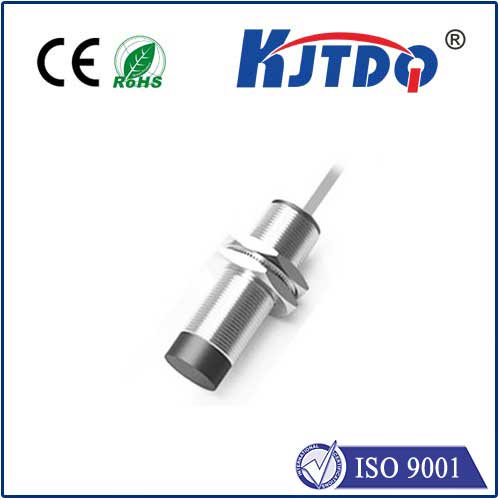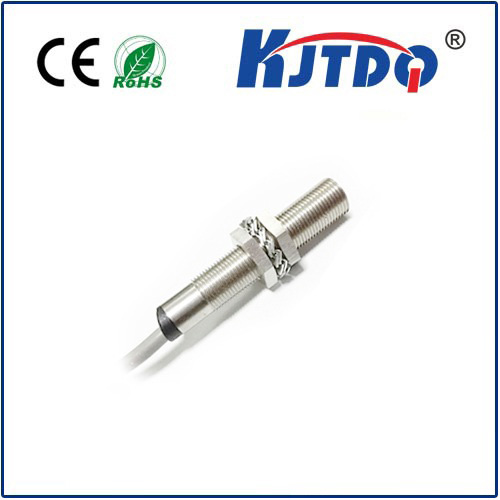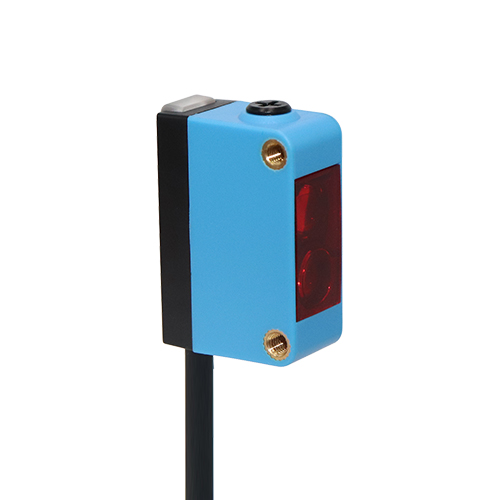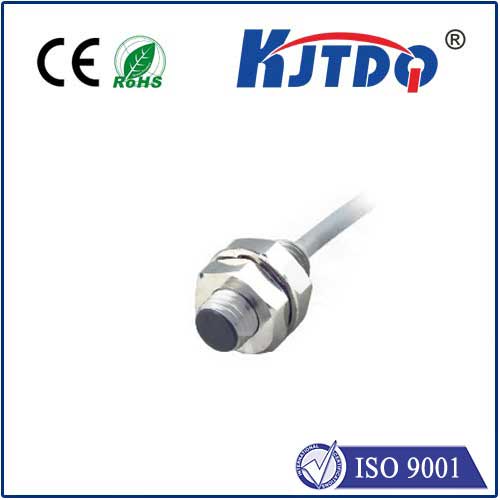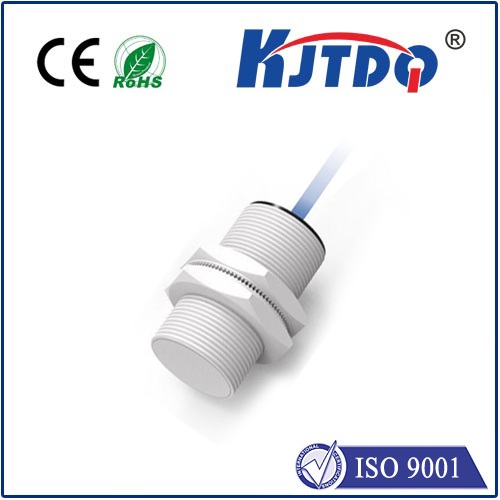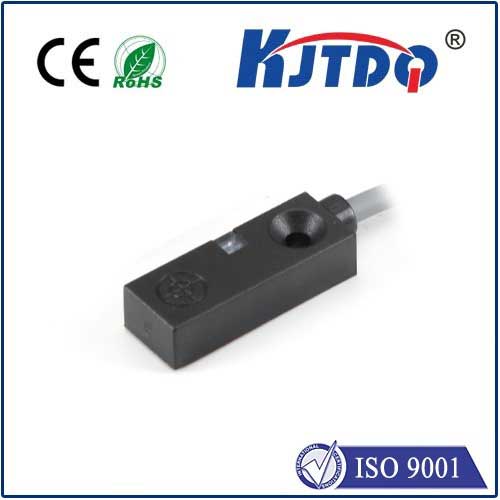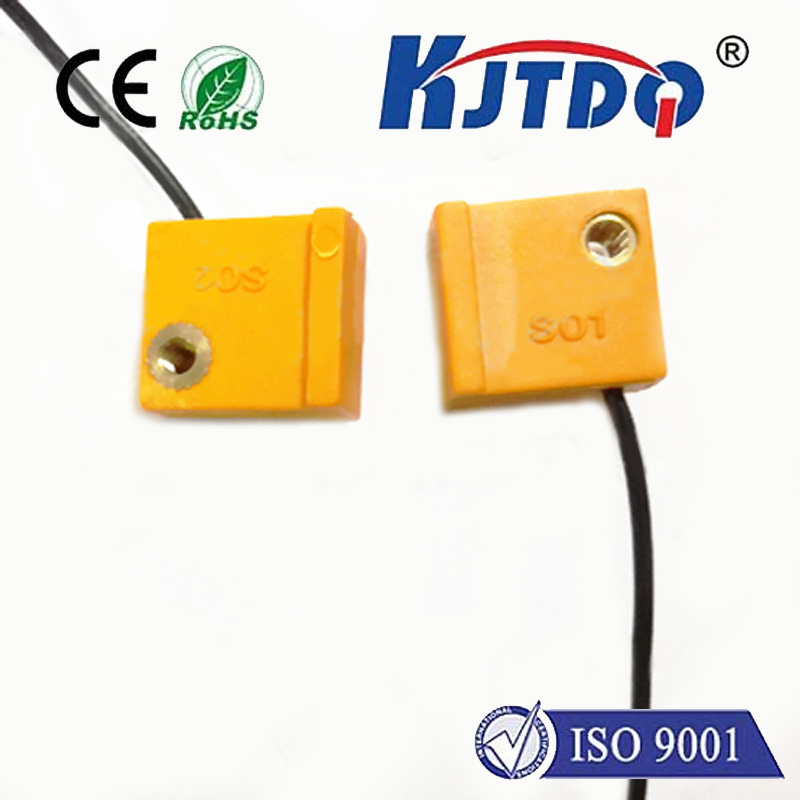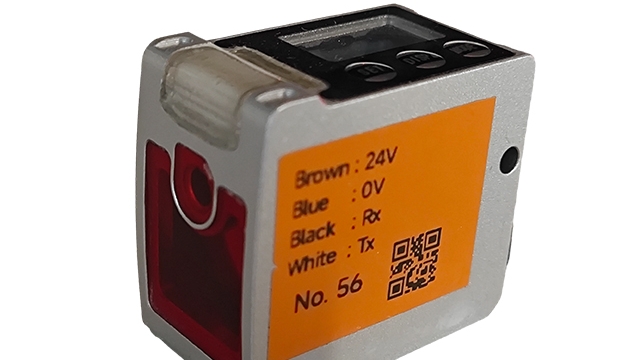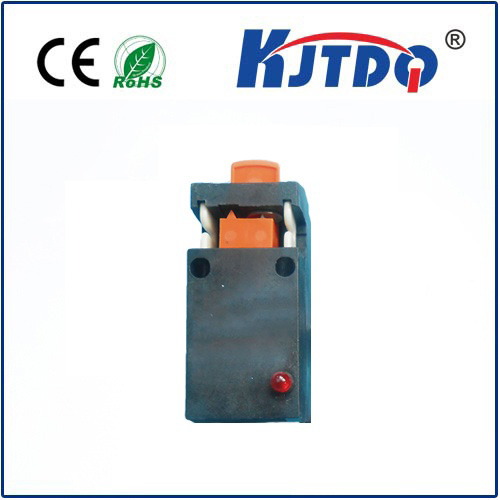ir proximity sensor
- time:2024-11-07 11:05:14
- Click:0

Title: Harnessing Innovation: The Role of IR Proximity Sensors in Modern Technology
In today’s fast-evolving technological landscape, the demand for precision, efficiency, and automation has led to the development and integration of advanced sensor technologies into various industries. Among these innovative solutions, Infrared (IR) proximity sensors stand out due to their versatility, reliability, and ability to enhance the functionality of electronic devices. This article delves into the world of IR proximity sensors, exploring their principles, applications, and the transformative impact they have on modern technology.
Understanding IR Proximity Sensors
At its core, an IR proximity sensor operates based on the principle of infrared light emission and detection. These sensors emit a beam of IR light that, when interrupted by an object or surface within its range, reflects back and is detected by the sensor’s receiver. The interruption of the light beam triggers an output signal, typically in the form of a digital switch (high or low), which can then be used to control various functions within a system. The distance at which the sensor can detect objects varies depending on its design and sensitivity settings, making them suitable for a wide range of applications.
Applications Across Industries
The adaptability and precision of IR proximity sensors make them invaluable across numerous sectors:
- Automation and Robotics: In manufacturing, these sensors play a crucial role in automating processes, ensuring precise positioning and control of machinery parts. They facilitate touchless operation in pick-and-place robots, enhancing efficiency and reducing wear and tear.
- Smart Home Devices: From automatic faucets and soap dispensers to security systems and lighting controls, IR proximity sensors enable intuitive interaction with household appliances, promoting convenience and energy conservation.
- Transportation: In vehicles, IR sensors are employed in parking assistance systems to detect obstacles, enhancing driver safety and preventing accidents during parking maneuvers.
- Consumer Electronics: Smartphones utilize IR proximity sensors to disable touchscreens when held close to the ear during calls, preventing accidental touches. Game consoles also leverage these sensors for motion sensing in games, providing a more immersive gaming experience.
- Medical Devices: In healthcare, IR sensors are used in patient monitoring systems, surgical instruments, and even contactless thermometers, demonstrating their critical role in improving patient care and safety.
Advantages Over Other Sensing Technologies
Compared to other types of sensors like ultrasonic or laser-based ones, IR proximity sensors offer several unique advantages:
- Cost-Effectiveness: They are generally more affordable to manufacture and integrate into products, making them accessible for widespread use.
- Compact Size: Their small form factor allows for easy incorporation into tight spaces and compact device designs.
- Energy Efficiency: IR sensors consume less power, contributing to longer battery life in portable devices.
- Robustness: Resistant to dust, dirt, and electromagnetic interference, they perform well in harsh environments.
Future Perspectives
As technology continues to advance, the capabilities of IR proximity sensors are expected to expand further. Integration with AI and IoT ecosystems could lead to smarter, more responsive systems capable of learning from their surroundings and optimizing operations autonomously. Moreover, advancements in materials science may result in even more sensitive and durable sensors, expanding their application horizons even more.
In conclusion, the IR proximity sensor stands as a testament to human ingenuity in harnessing simple physical phenomena for complex technological advancements. Its widespread adoption across diverse sectors underscores its pivotal role in driving efficiency, safety, and innovation in our increasingly automated world. As we look towards the future, it is clear that IR proximity sensors will continue to be at the forefront of technological progress, shaping the way we interact with our environment and each other.





